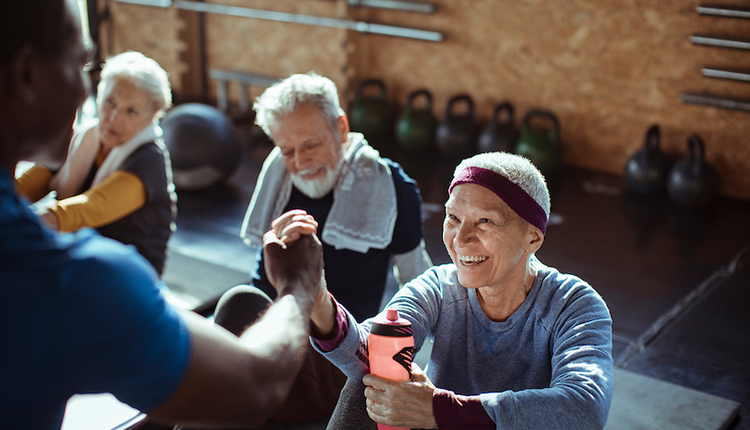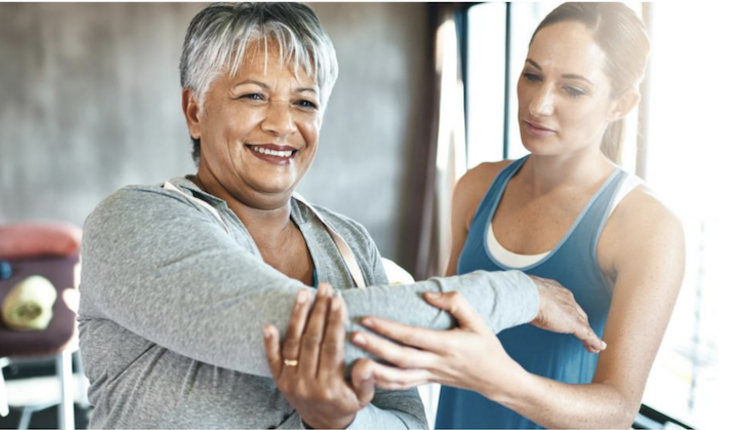
As a personal trainer, you may find it increasingly difficult to compete in an industry that has no licensure; and very little in the way of requirements. As an industry, we let anyone willing to take a two-, four-, six-, or eight-hour online course become a personal trainer. This may explain the lack of expertise that is witnessed in so many trainers at gyms across the country. You may find yourself watching them from the sidelines, cringing as you notice the client performing deadlifts with an arched-back, squats with their knees caving-in, or any other combination or poor supervision, direction, and form.
It’s unfortunate, but the average person has no idea what to look for in a trainer. They don’t know the questions to ask, the accredited certifications, and whether that trainer is able to work with any pre-existing conditions that they may have. As gyms hire underqualified trainers, underselling those of you who are worth your fee, clients continue to get injured. The client goes to a physical or occupational therapist and tells them that they’ve been working with a trainer at X gym. The therapist rolls their eyes, having heard the story time and again, discrediting personal trainers and the fitness industry as a whole.
If you have put in your time - earning your degree, obtaining every accredited certification you could get your hands on, and starting at the bottom of the food chain scraping your way to the top, you may be feeling frustrated and perhaps a little defeated.
Data from the U.S. Census Bureau shows that there are 76.4 million baby boomers. There was a total of 76 million births in the United States from 1946 to 1964, the 19 years usually called the "Baby Boom." Based on these staggering numbers, many nationally certifying bodies are realizing the need for medical fitness professionals. They are looking to change the industry, set standards for our fitness professionals, and require advanced education in order to work with any special population. In the next few years we are going to see the pendulum swing in the fitness industry. There is a movement towards medical fitness and you can get in at the ground level, setting yourself apart from the underqualified trainers. You will be able to create a niche market that will open doors in the medical community, increase referrals, and increase revenue.
To some of you, working with what would appear to be an “aging population” may not be of interest. You need to decide if you want to be like every other trainer, or if you want to really make a difference in someone’s quality of life, and your success as a trainer. Think outside of the box. Beyond the baby boomers, we have athletes and adolescents who have diabetes, who suffer with obesity, have asthma, and so much more. This is a relatively untapped market.
For those of you who are up for a challenge, willing to step outside of your comfort zone and explore a new and exciting avenue in fitness, this offers a tremendous opportunity. There will always be those who want to lose weight get toned, get ripped, and improve sports performance, but after a while you can do that in your sleep. When you have clients that can’t get out of bed, can’t get up and down from a chair, or can’t even perform self-care, and you are able to help them to take control of their life and their body in a way they never imagined was possible, it is truly the most meaningful and rewarding part of your career.
As we change the standards in the fitness industry, specialized training will be a requirement and you will be one step ahead of the game. By setting-up meetings with nurses, doctors, patient navigators, and support groups, you exponentially increase your potential client base. The unqualified trainer will not even be able to get in the door. The medical community will not accept a trainer without appropriate credentials.
As a highly-credentialed trainer, you can establish yourself as a blog writer, magazine contributor, and speaker. Opportunities may range from speaking to a support group at a local hospital to becoming a keynote speaker at a huge event. You can even conduct local or destination retreats for specific groups i.e. breast cancer, diabetes, juvenile diabetes, active aging etc. The doors will also open at medical fitness facilities and possibly hospitals looking for highly credentialed medical fitness professionals.
There are certainly other ways that you can make your mark and create unique marketing opportunities, but many of those will come and go with various trends and fads in fitness. Sadly, we live in a country that believes that “bigger is better” and wants “more for their money.” This has led to an epidemic of cancer, heart disease, and diabetes, among other things. People will continue to age and whether it’s through the natural aging process or poor self-care, this is a market that is here to stay.




















